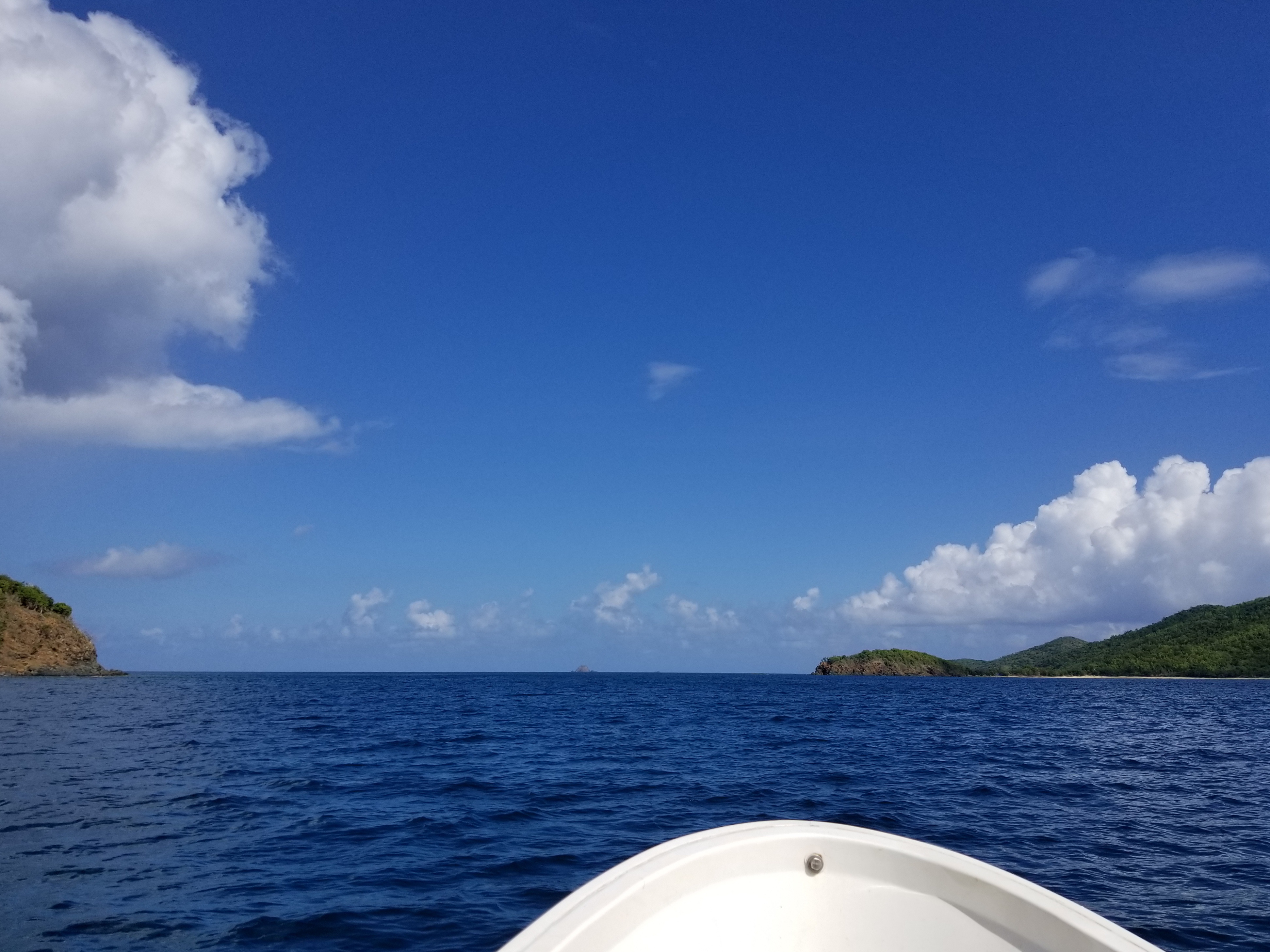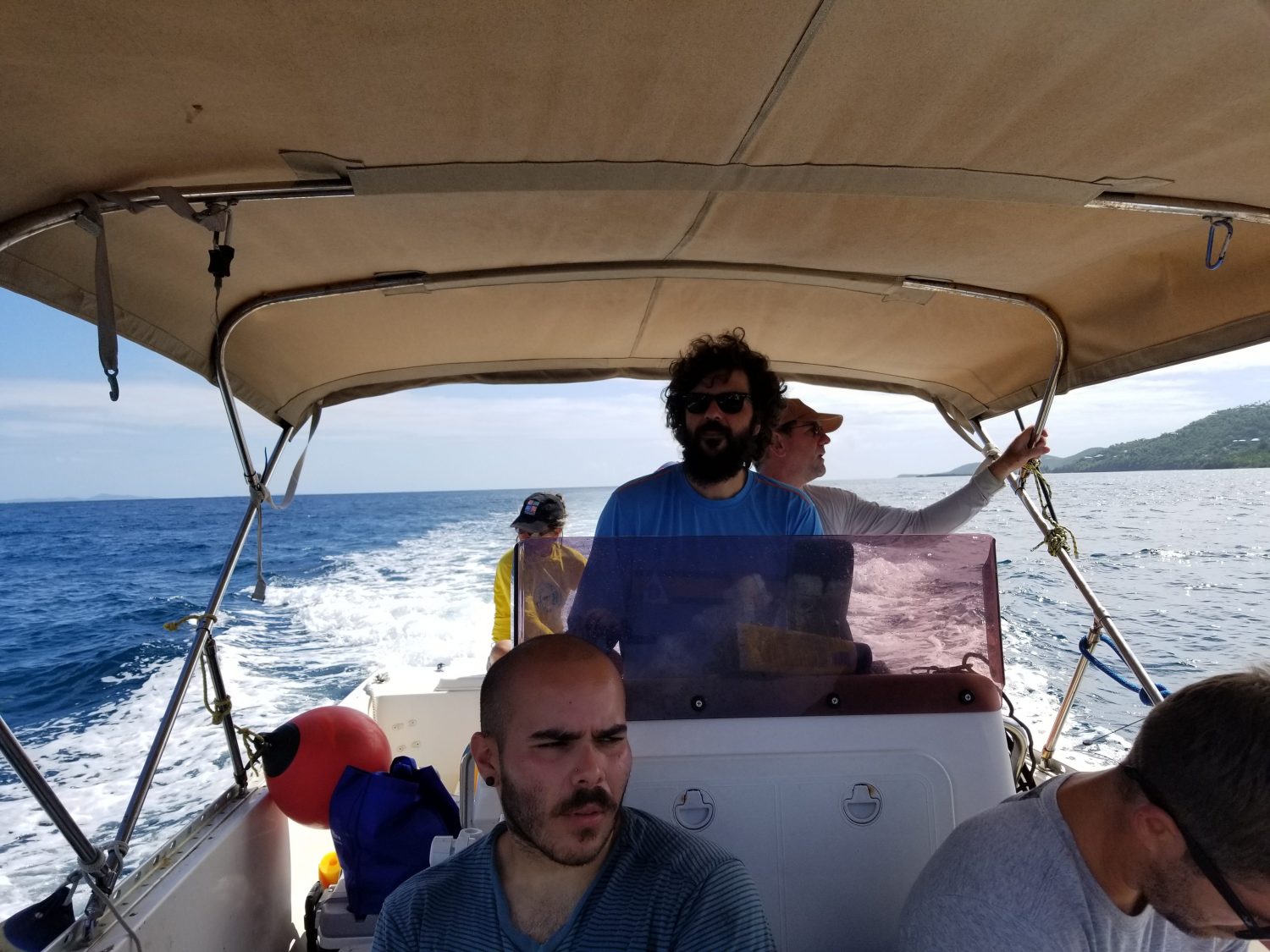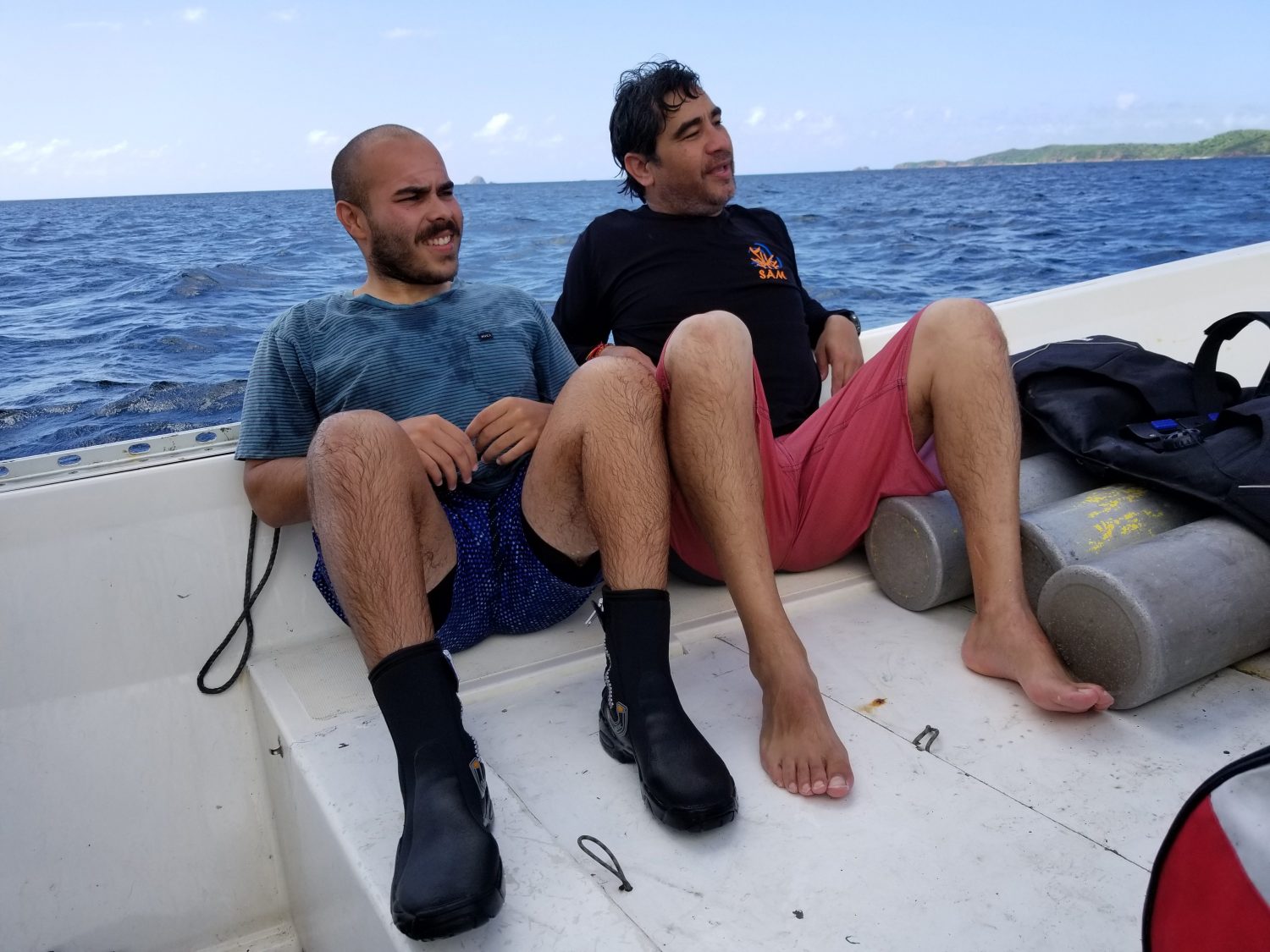During the present trips, we collected samples for microbiome and epigenetic analyses, in addition to demography and physiological analyses. Although climate change is driven by increased CO2 concentration in the atmosphere, this does not prevent a shortage of this gas to produce dry ice. No one in the whole island had dry ice, leaving us with a very difficult situation to preserve the collected until our return to the lab.
Orlando (M.S. in Marine Biology from the University of Havana) joined us from Miami, where he follows his passion for education teaching high school students. His background makes him inclined to approach his students with a more active-learning approach and coral reefs are his favorite topic. He approached us to develop a program to bring “science in practice” to his classroom.
With his participation we completed all the work we had planned and, of course, we solved the dry ice situation. Drilling falcon tubes and tying wires to them, we maintained all our samples in a liquid nitrogen atmosphere while separated inside the dewar. By overcoming this complication, as well as rough weather conditions, we were able to successfully complete one of the most challenging trips so far. Next month, we will be back for more and we hope there is less CO2 in the atmosphere and more into dry ice.
On August 30th, 2017 Hurricane Irma formed in the eastern Atlantic. No one imagined that 13 days later would hit Puerto Rico, starting an extremely difficult year for Puerto Ricans. Exactly one year later, we traveled to Culebra for our 6th trip to continue our study of the effects of this hurricane over coral reefs. Although many things have returned to normality, the effects of the hurricanes are still evident in the island. Underneath the common cheer, especially in a holiday weekend (Labor Day), locals are fearful of the chance of another hurricane hitting the island this year, especially after Isaac looms in the horizon.
In this trip, we performed our monthly monitoring, including survival and growth assessment. Additional samples were collected for nutrient analysis and to assess the physiological performance of the outplants. As usual, corals photosynthetic performance was assessed through PAM fluorometry and temperature sensors were replaced. Remarkably and thanks to the collaboration of FIU’s Center for Aquatic Chemistry and Environment (CREST-CAChE; an NSF Center for Research Excellence in Science and Technology on FIU) and Dr. Jim Fourqurean’s Lab, we were able to deploy an impressive array of sensors to characterize our study sites. These sensors can measure temperature, dissolved oxygen, pH, conductivity, turbidity, chlorophyll and PAR irradiance. Sensors will remain in the sites for a month, recording critical data to describe reef functioning and specific conditions experienced by our outplants in the different sites.
At this point, it was very rewarding to see most of our fragments visibly grown and healthy; although, we have around 40% mortality throughout all the sites. For the sake of the people of Puerto Rico, that of the reefs and of our experiment we hope Irma’s and Maria’s anniversaries don’t bring more hurricanes. Next month we will be back to retrieve the sensors, looking forward to examining the data they will provide.












